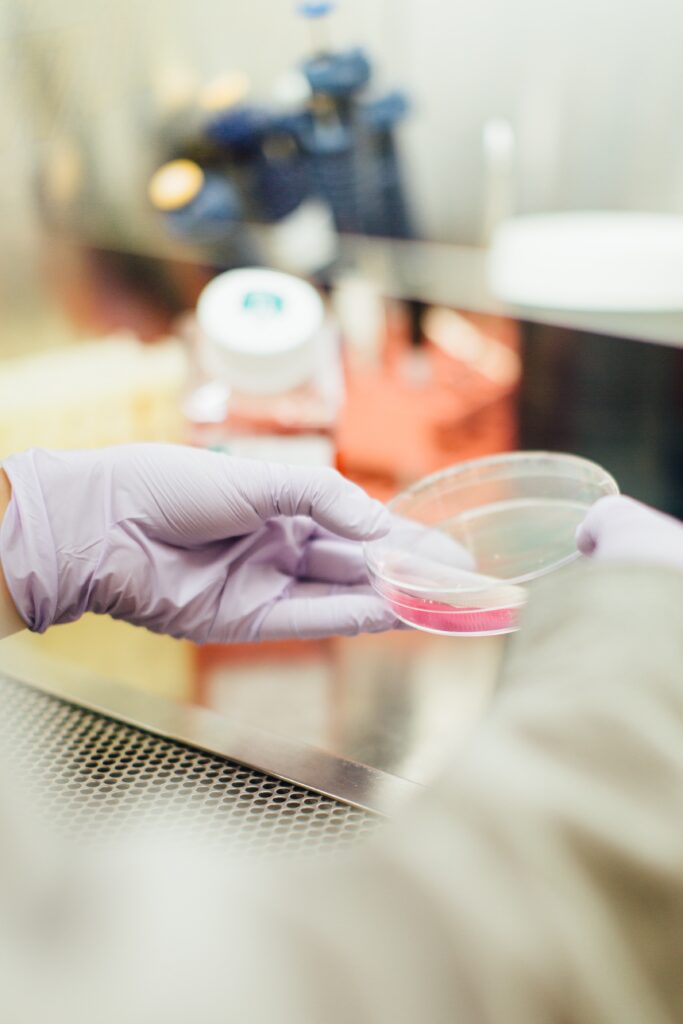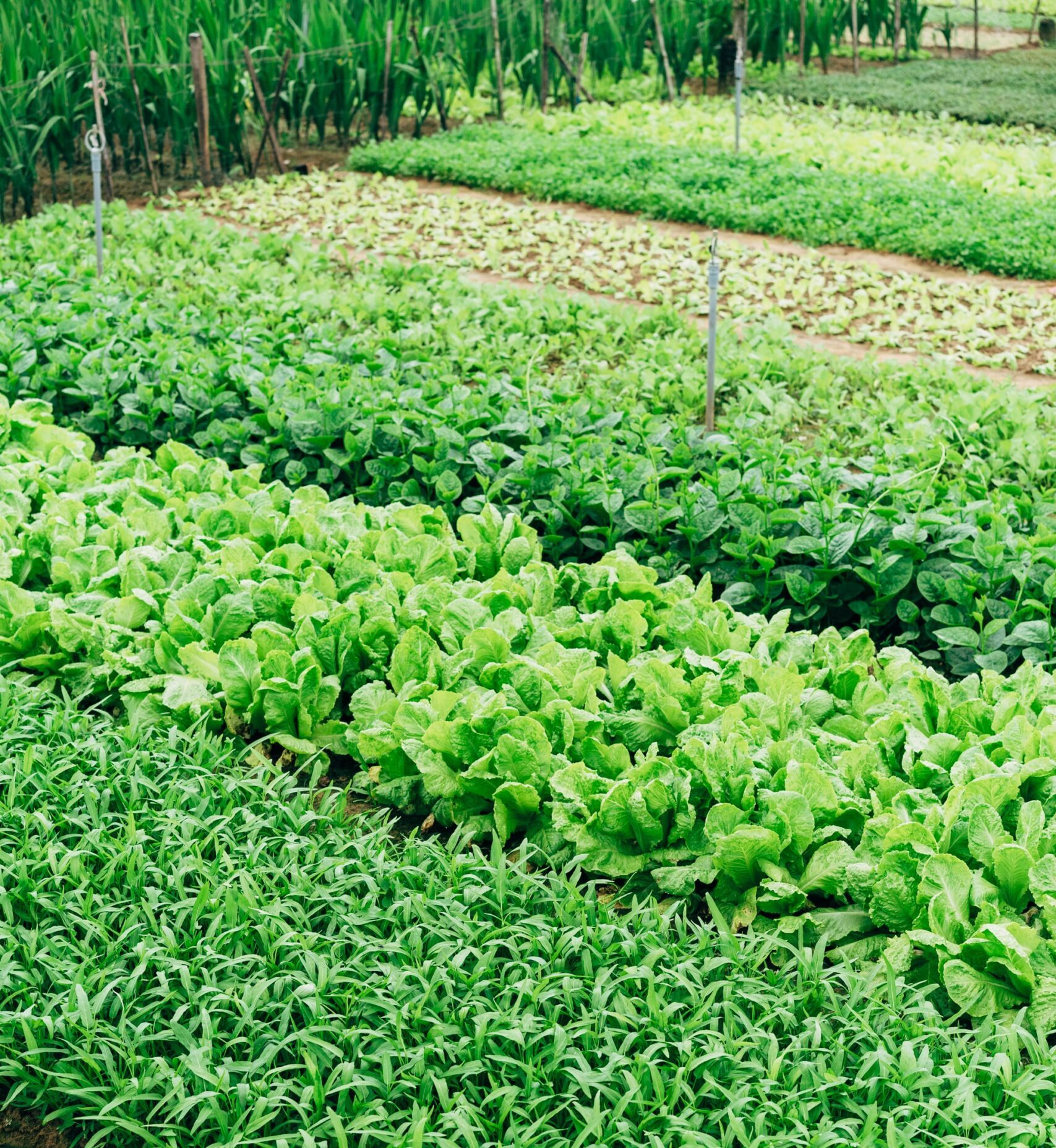Lab grown meat was recently approved for commercial sale in the United States. This innovation uses stem cells from various animals to cultivate meat in a laboratory. Lab grown, or cell cultivated, meat is not plant-based. It is made up of animal cells extracted from a living creature and is different from technologies such as precision fermentation. Although lab grown meat has been in development since the 1990s, in June 2023, the United States Department of Agriculture granted two companies approval to sell lab grown meat in the U.S. This represents a major step for the industry. Soon, “slaughter-free” meat will be available at restaurants in San Francisco and Washington, D.C.
Lab grown meat seems to offer consumers the ability to consume meat while avoiding the negative consequences of animal agriculture. Consumers’ hunger for animal products has grown significantly worldwide in the past few decades. As incomes increase in China and India, populations in both countries have seen increased consumption of animal proteins. As the two most populous countries in the world, this increased demand has had a major impact on global food trends. Unfortunately, traditional animal agriculture is extremely bad for the planet. This sector of food production is responsible for huge amounts of pollution, deforestation, and greenhouse gas emissions. Sadly, animals raised as livestock also frequently face horrifying and inhumane conditions due to the factory farming system.
Replacing the factory farm system with lab grown meat appears to have many benefits. Most notably, it seems to offer consumers the ability to eat meat without animal cruelty or intense environmental impact. However, the reality is that cultivated meat is still a relatively young industry. There is still controversy surrounding its environmental impact and whether it is truly a humane alternative to traditional meat products.
How is Cell-Cultured Meat Made?

Lab grown meat is made using a multistep process that begins by extracting cells from a living animal. Typically, scientists use stem cells. These cells have the ability to renew themselves. Additionally, stem cells can become many different types of cells. The process of obtaining cells can be done without killing the animal, although the animal may experience pain as part of the process. The cells are then placed in a growth medium.
Initially, the industry used fetal bovine serum as the growth medium. Fetal bovine serum is extracted from the fetuses of slaughtered pregnant cows. After the pregnant mother is killed, these fetal calves have their hearts punctured and the blood is then removed. Both the slaughter of the mother and the extraction from the fetal calf are done without pain management. Luckily, the cultured meat industry is currently moving away from use of fetal bovine serum towards growth serums free of animal derived products.
After the stem cells are bathed in the growth medium, they are placed in a bioreactor. Then, they are able to divide and grow into muscle tissue. During this process, the cells are molded into the desired shape. Typically, this replicates the look of a traditional cut of meat. The final result is biologically identical to muscle from a living animal. Nutritionally, lab grown meat is also extremely similar to regular meat.
Is Lab Grown Meat More Environmentally Friendly?
One of lab grown meats’ touted benefits is its superior sustainability over regular meat. Since lab grown meat eliminates the need to keep large numbers of animals, advocates believe it will benefit the environment by reducing resource use, pollution, and greenhouse gas emissions. Reducing resources used to produce meat could help slow deforestation, lessen water use, and free up crops. A vast amount of crops grown are used for animal feed. Eliminating the need to use crops for this could help to reduce world hunger. Livestock are also responsible for a disproportionate amount of methane production. Lowering the number of livestock would help reduce amounts of methane, which has a warming potential 30 times greater than carbon dioxide.
However, latest research from scientists at University of California Davis suggest lab grown meat may not be as environmentally friendly as previously thought. This is due to the energy needed throughout the entire process of cultivating lab grown meat. Without large-scale adoption of renewable energy, the process still emits significant air pollution and greenhouse gas emissions. This is because of the need for highly processed growth media, say the UC Davis team.
Encouragingly, the team did find that the high environmental cost of lab grown meat largely depends on whether growth mediums used are pharmaceutical or food grade. Purifying growth mediums to pharmaceutical grade requires more energy than purifying to food grade. If companies creating lab grown meat could use food grade serum, the cell-cultured meat would become “much more environmentally competitive,” according to preliminary research. Additionally, if renewable energy infrastructure expands, that would greatly affect the sustainability of lab grown meat. If renewable energy is used to produce cell-cultured meat, this makes it a much more environmentally friendly option than regular meat.
Is Lab Grown Meat Vegan?
Whether cell-cultured meat can be considered vegetarian or vegan is still a widely debated topic. Lab grown meats use cells from living animals. Animals do not need to be slaughtered to obtain these cells. To make lab grown chicken, cells may even be extracted from eggs or feathers. However, lab grown meats have historically used fetal bovine serum as a growth medium. Obtaining this serum does require the slaughter of pregnant cows and their fetal calves. As companies move away from fetal bovine serum towards animal-product-free serums, the need for animal slaughter could be eliminated. Fortunately, companies producing lab grown meats are attempting to do this as quickly as possible.
Cells from living animals will always be required to create lab grown meats. This means that, in the eyes of many, they will never truly be vegan. Whether or not vegans and vegetarians consume lab grown meats largely depends on personal choice and beliefs. Vegans and vegetarians may also require transparency from companies about how animal cells are harvested, and what the living conditions of the animals kept for these cells are. Even lab grown meat can NEVER be considered cruelty free if animals are subjected to cruel and inhumane practices during its production. Such practices could include over-harvesting of cells, lack of pain medication, improper veterinary care, cramped or unhygienic living conditions, isolation, overcrowding, or untimely slaughter.
One of the greatest assets of lab grown meat may not be in labeling it as vegetarian or vegan. Rather, it may be its ability to reach omnivores who are unwilling to halt consumption of animal products. For this reason, it is likely that lab grown meats will receive their own categorization and accreditation. These could include being labeled as “cruelty-free meat” or “slaughter-free meat.”
The Takeaway
Lab grown meat offers a possible alternative to continued factory farming and mass animal slaughter. However, it is still far from perfect. For lab grown meats to truly be slaughter-free, the industry must divest completely from use of fetal bovine serum. Another consideration is the cost of lab grown meat compared to regular meat. Cell-cultured meats are still relatively cost ineffective, and thus they are not affordable for large segments of the population. Yet, continued support by investors has yielded promising results. Additionally, prices are already beginning to decline. For this reason, lab grown meat will become more cost effective as further development progresses.
Lab grown meats will not solve animal cruelty issues or climate crises alone. Ultimately, issues such as factory farming and climate change need to be addressed through a multi-pronged approach. Lab grown meats may play an important role but they must exist in conjunction with policies that mandate growth of renewable energy, divestment from fossil fuels, reforestation, pollution reduction, emissions regulations and more regenerative and humane food system policies.
Get more like this—Sign up for our daily inspirational newsletter for exclusive content!
__
Photo: Drew Hays via Unsplash




